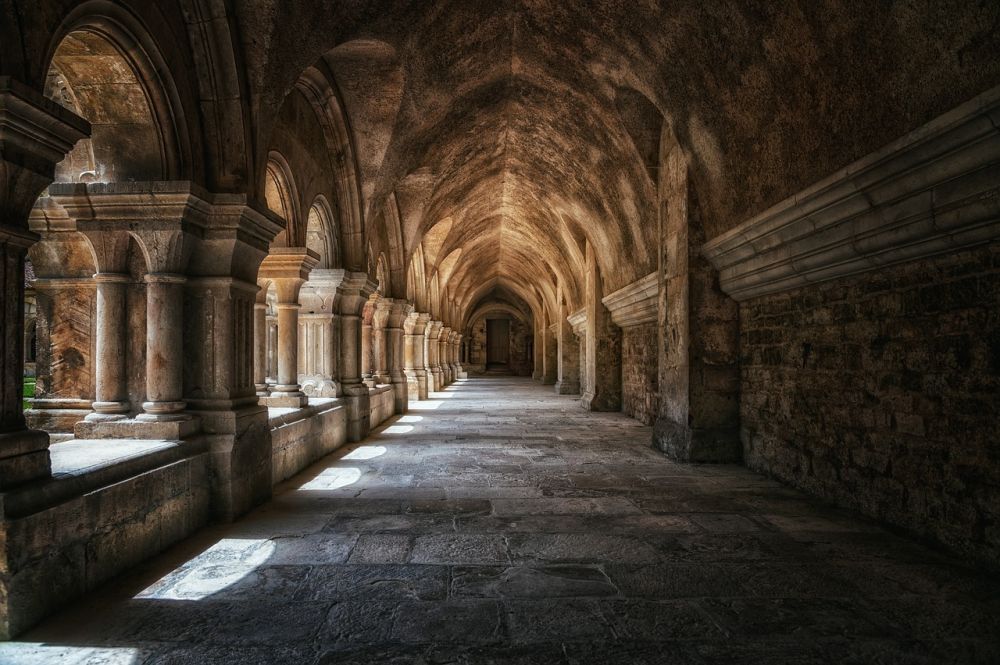Gert Wingårdh, a renowned Swedish architect, is renowned for his innovative and groundbreaking designs

With a career spanning over four decades, he has left an indelible mark on the architectural landscape. In this comprehensive article, we will explore the world of Gert Wingårdh buildings, providing an in-depth overview, presenting the various types of buildings he has created, discussing their differences, and examining their historical significance.
I. Overview of Gert Wingårdh Buildings
Gert Wingårdh buildings are known for their distinctive designs and cutting-edge architectural concepts. His work reflects his passion for pushing boundaries and challenging traditional norms. From commercial skyscrapers to residential masterpieces, Wingårdh’s portfolio boasts a wide range of structures that have garnered international acclaim.
II. Presentation of Gert Wingårdh Buildings

2.1 Types of Buildings
Wingårdh has designed buildings across various sectors, including residential, commercial, cultural, and educational. Each category encompasses unique architectural challenges and opportunities. In the residential sector, his buildings prioritize functionality, aesthetic appeal, and environmental sustainability. Commercial structures showcase his ability to create dynamic spaces that foster productivity and collaboration. Cultural buildings reflect his deep understanding of context, history, and the importance of creating spaces that inspire and engage. Lastly, his work in the educational sector demonstrates his commitment to creating innovative learning environments that cater to the needs of students and educators.
2.2 Popular Gert Wingårdh Buildings
Several Gert Wingårdh buildings have gained recognition and widespread popularity. The iconic Turning Torso in Malmö, Sweden, is a prime example. This residential tower not only boasts the title of being the tallest building in Scandinavia but also represents Wingårdh’s ability to create visually striking structures that seamlessly integrate with their surroundings. Other notable projects include the Emporia Shopping Center in Malmö, the School of Economics in Stockholm, and the Uppsala Concert and Congress Hall.
III. Quantitative Measurements of Gert Wingårdh Buildings
Quantitative measurements offer further insights into the impact and success of Gert Wingårdh buildings. Factors such as floor area, height, energy efficiency, and environmental certifications provide a holistic understanding of his designs. By leveraging sustainable materials, incorporating energy-saving technologies, and prioritizing user comfort, Wingårdh has created buildings that not only stand out visually but also contribute to a greener future.
IV. Discussion of Differences Between Gert Wingårdh Buildings
Despite sharing common design principles and a signature style, Gert Wingårdh’s buildings exhibit notable variations. These differences arise from the unique context, client requirements, and functional needs of each project. Whether it’s the choice of materials, scale, or spatial organization, Wingårdh’s ability to adapt and respond to diverse challenges has resulted in a diverse portfolio of buildings that cater to different purposes and contexts.
V. Historical Overview of Pros and Cons of Gert Wingårdh Buildings
Over the years, critical analysis and debates have emerged regarding the pros and cons of Gert Wingårdh buildings. On the positive side, his designs often prioritize sustainability, user comfort, and innovation. His buildings integrate seamlessly with their surroundings and create visually stunning landmarks. However, some critics argue that his designs can be too extravagant and prioritize form over function. Additionally, the complexity of his structures can lead to higher construction costs and maintenance requirements.
In conclusion, Gert Wingårdh buildings represent a fusion of creativity, functionality, and sustainability. Their distinctiveness and international recognition make them highly sought after in the architectural world. With a diverse portfolio and a commitment to pushing boundaries, Wingårdh continues to shape the future of architectural design.
References:
1. ”Gert Wingårdh – Architecture and Design Studio.” Wingårdh Arkitektkontor, https://www.wingardhs.se/
2. ”Gert Wingårdh Buildings.” Gert Wingårdh Official Website, https://wingardh.se/
3. ”Gert Wingårdh.” ArchDaily, https://www.archdaily.com/tag/gert-wingardh











